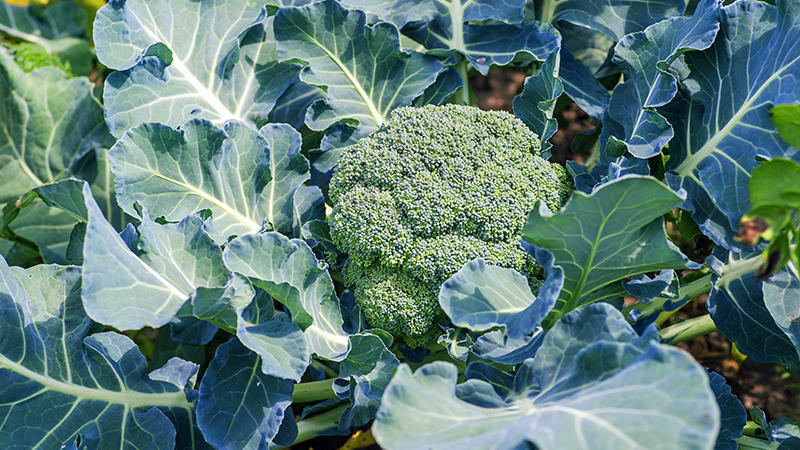High Tunnels Offer Real Competitive Advantages For Your Crop [Opinion]
As the interest in eating healthier and the demand for fresh, local produce have increased, many of these growers have looked at their empty greenhouses between seasons and put two and two together. Turning a quick crop of tomatoes or peppers or lettuce to sell to local restaurants or retailers, or even in their own markets, makes a lot of sense.
Some are taking it a step further. Peter Konjoian, a long-time Massachusetts flower grower, recently told our sister publication, Greenhouse Grower, he’s moving his operation completely to food production. And he sees other ornamental growers headed in that direction, too.
“I sense a significant shift coming, perhaps in the vicinity of 25% to 50% of ornamental crop growers getting involved with edible crops,” he says.
That’s a whole lot more people growing and selling high-value vegetable crops in a protected setting.
So it only seems fair that you take a page from the ornamental growers’ playbook and take a look at some protected production yourself.
High tunnels can be an effective and affordable way for you to take advantage of some of the techniques greenhouse growers use without investing in a permanent structure.
Check out the June 2014 American Vegetable Grower cover story featuring Cleveland Crops — a smaller producer who’s growing year-round in high tunnels in often cold and snowy Northeast Ohio. Farm Manager David Snodgrass lays out all of the benefits his business sees from the technology, and that you could too, including protection from weather extremes, fewer problems with some of the typical insects and diseases you see in the field (although you may run into a few new challenges along the way), and competitive advantages in the market.
There’s a cost to adding new pieces to your production puzzle, of course, even something as relatively low-tech as this. But don’t let that throw you off. As with anything you consider for your operation, take a look at the potential for return on your investment.
Run the numbers. Would tunnels add additional weeks and a bigger crop to your season? Can you command a better price for your vegetables by offering a better quality product than your competitors, or by having produce to sell early or late in the season when others don’t?
Traditional greenhouse growers and more and more of your field growing peers are looking at the benefits of protected production. Perhaps it’s time you took a look at what’s going on under cover as well.












